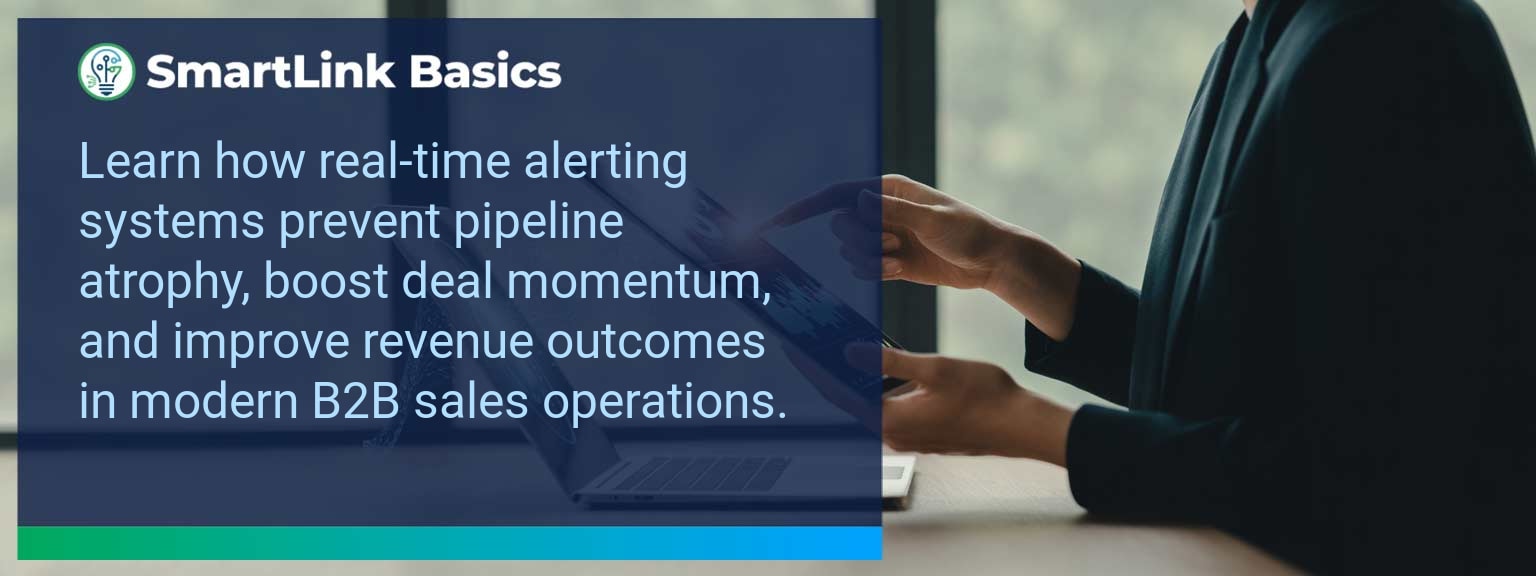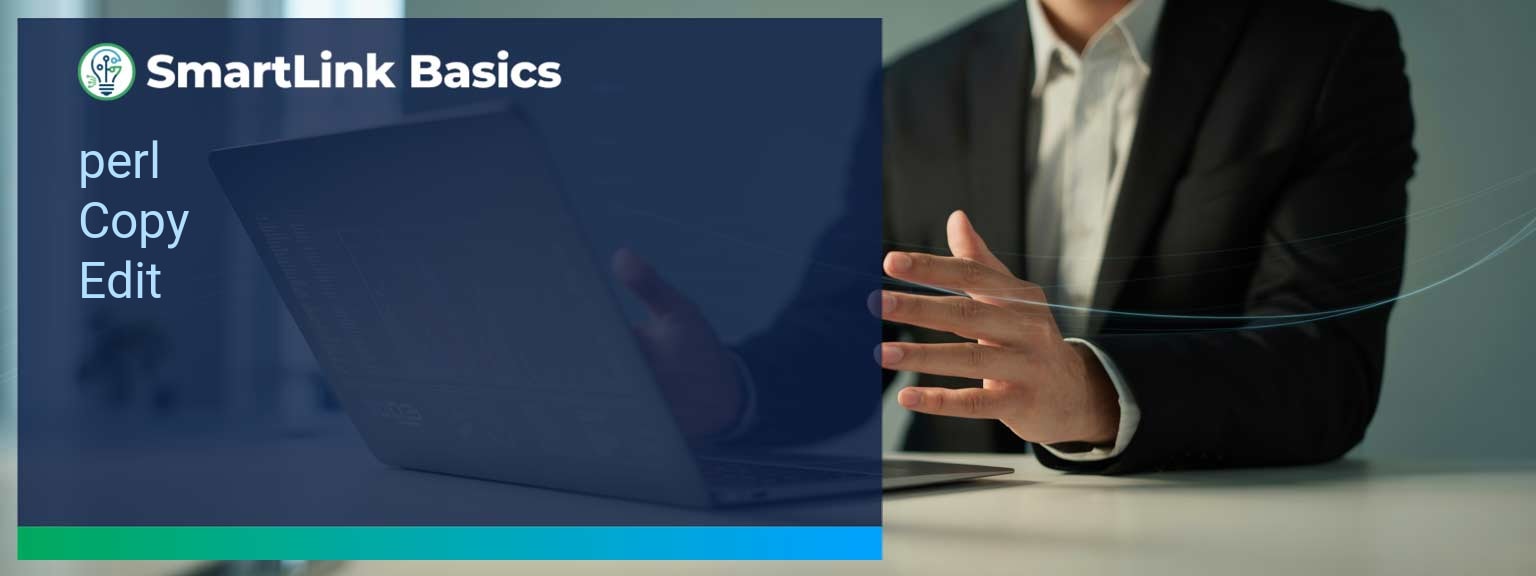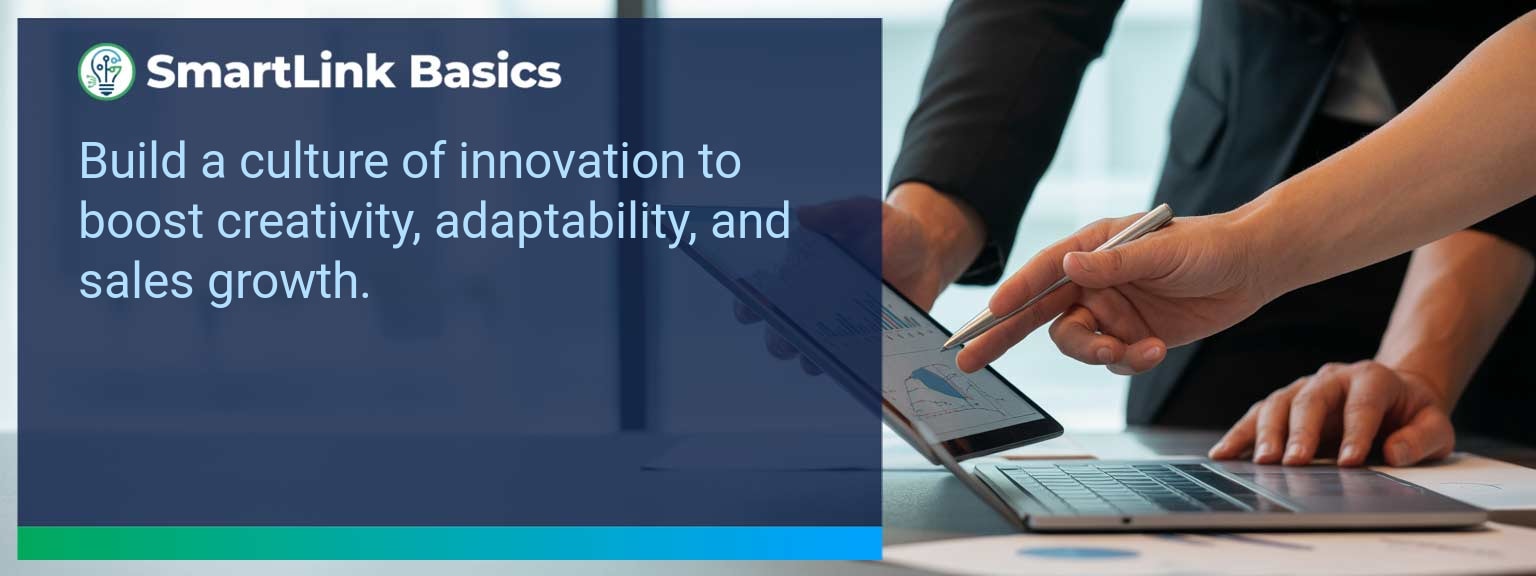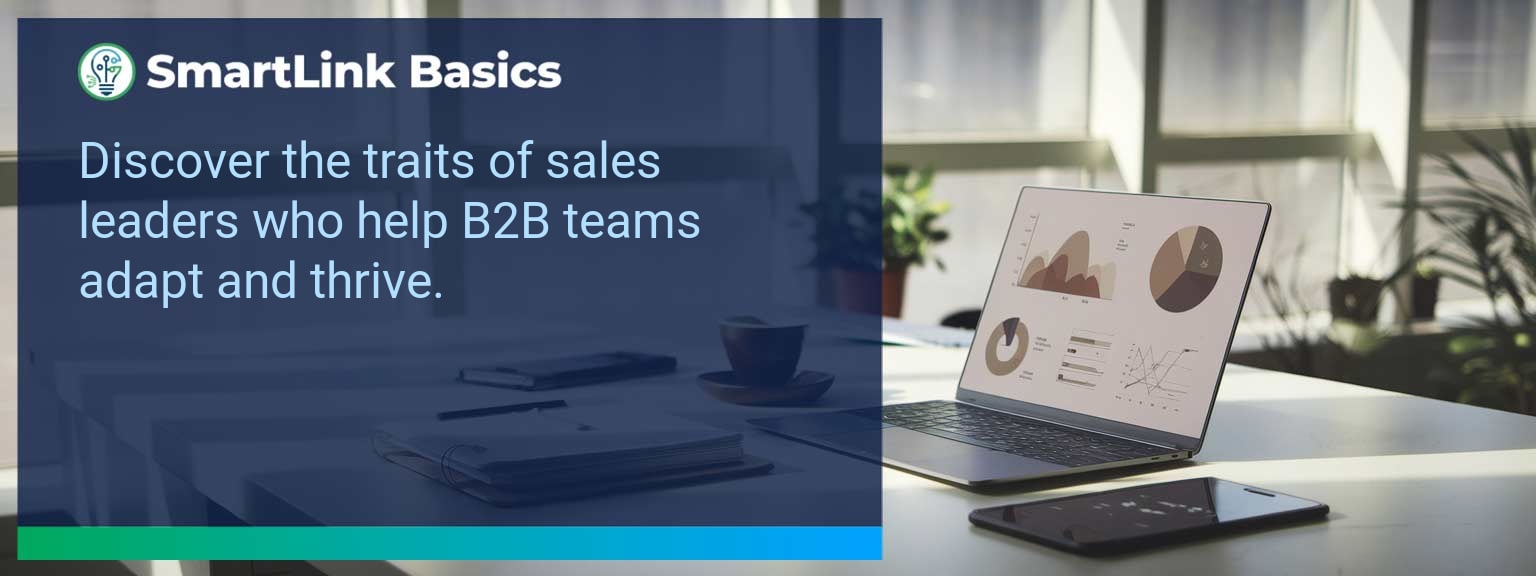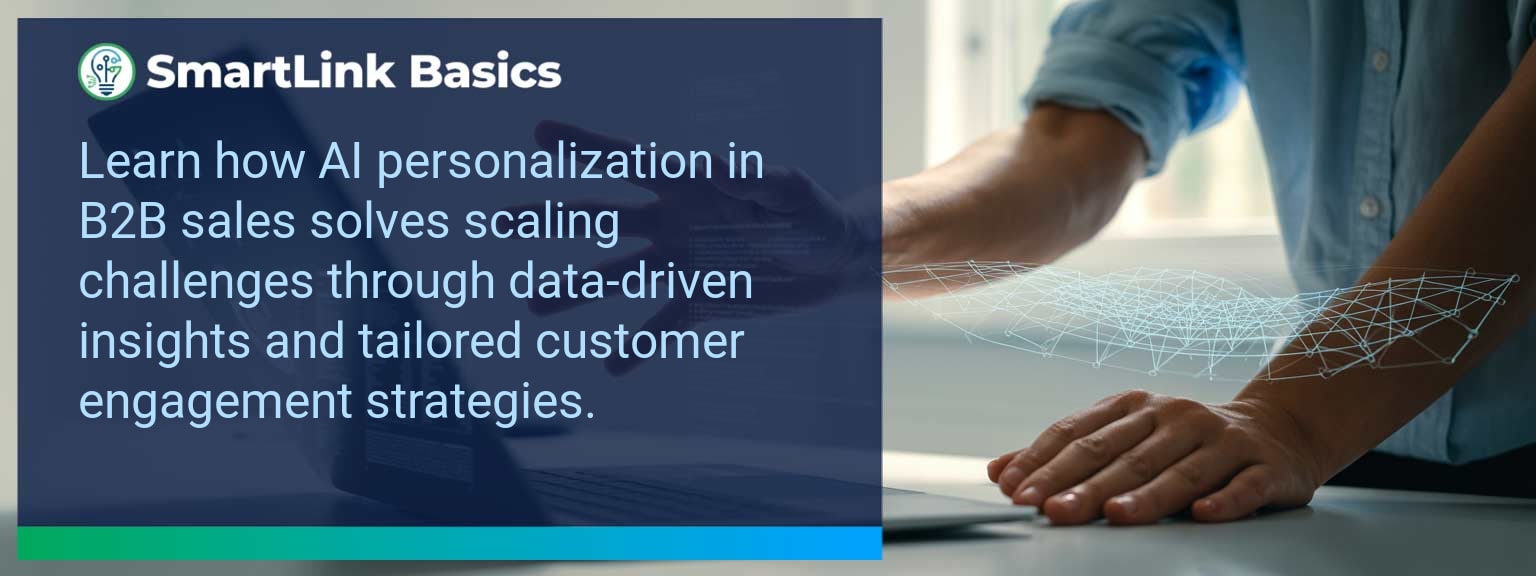Industry data shows that organizations adopting AI-driven automation achieve cost reductions of up to 30% while accelerating sales cycles by 20% or more (McKinsey, 2024). For sales leaders, AI automated workflows now define competitive advantage, enabling teams to reallocate time from repetitive tasks to high-value engagements. At SmartLink Basics, we help decision-makers implement these systems strategically, ensuring they integrate with existing revenue operations. In this article, you’ll see how AI automated workflows power business outcomes, the common obstacles that slow adoption, and practical steps to optimize processes. You’ll walk away with proven examples, a 90-day action blueprint, and measurable KPIs to track results.
- Automate repetitive administrative and CRM updates with AI.
- Integrate machine learning to personalize outreach at scale.
- Streamline approvals, quotes, and contract workflows for speed.
- Use predictive analytics to prioritize sales opportunities.
- Track adoption and performance with targeted metrics.
AI Automated Workflows: What Changed and Why It Matters
AI adoption has shifted from experimental to operational, making automated workflows a standard in high-performing sales organizations. The real advantage lies in combining workflow automation with artificial intelligence workflows to optimize every step of the revenue process. Sales leaders now use AI to synchronize touchpoints, reduce manual inputs, and ensure faster execution. For example, a B2B SaaS leader introduced automated lead enrichment and routing, cutting qualification time by 60%. Actionable insight: Audit processes for time-intensive handoffs and apply AI where repeatability is high.Redesign the Revenue Operating System With AI Automated Workflows
ICP, Segmentation, and Targeting AI-enabled segmentation uses historical wins, firmographic, and behavioral data to dynamically update ICP profiles. This ensures targeting precision without quarterly re-work. Pipeline Architecture Automated workflows push opportunities through the right stages based on engagement signals. AI flags at-risk deals for intervention. Plays and Messaging Integrated automation tools deliver personalized sequences based on buyer activity, increasing relevance at every touchpoint. Operating Cadence AI schedules follow-ups, forecast calls, and account reviews based on actual pipeline movement rather than static calendars. Actionable insight: Implement automation that adapts in real-time to both internal and buyer-driven events.Common Obstacles To Achieving Seamless Automation
The most frequent challenges are fragmented systems, inconsistent data quality, and cultural resistance. Without a unified data layer, automation amplifies errors rather than solving them. Coca-Cola Europacific Partners reported needing a full data governance upgrade before AI could improve sales workflows. Leaders must first assess infrastructure readiness and train teams to trust AI-influenced recommendations. Actionable insight: Before deployment, establish clean data practices and a single source of truth.Implementing AI To Optimize Workflows
Effective deployment of AI process optimization starts with mapping current-state processes, identifying friction points, and matching them with automation tools. For example, automating proposal generation based on CRM opportunity data can reduce turnaround from three days to one hour. Solutions combining business process automation platforms with machine learning integration enable continuous performance improvement. Actionable insight: Pilot in one high-impact stage, measure, and then expand.Tangible Benefits From Automated Processes
The benefits extend beyond time savings — sales leaders gain a scalable system. Tangible outcomes include faster quote-to-close, higher lead conversion, and better forecast accuracy. A manufacturing firm implemented AI-assisted order processing and cut errors by 40%, improving on-time delivery rates. Actionable insight: Track both speed and accuracy to measure workflow automation effectiveness.Metrics That Matter
| Category | Metric | Definition | Target |
|---|---|---|---|
| Leading | Workflow Completion Rate | % of automated sequences executed without manual intervention | 95%+ |
| Leading | AI Suggestion Adoption Rate | % of AI-generated action recommendations executed by reps | 80%+ |
| Lagging | Cycle Time Reduction | Decrease in time from lead entry to closed-won | 20%+ |
| Lagging | Revenue Per Rep | Average sales revenue generated per sales rep per quarter | +15% YoY |
| Quality | Automation Error Rate | % of workflows that trigger incorrect outcomes | <1% |
| Quality | Customer Satisfaction Post-Automation | Average CSAT score after automation implementation | ≥ 4.5/5 |
Innovations And Next Steps For AI Automation
Emerging capabilities like AI-generated playbooks, intent-driven dynamic routing, and integrated AR for virtual product demos are shaping the next wave of sales automation. Companies integrating these tools early will outpace competitors in speed and personalization. Actionable insight: Stay ahead by testing emerging automation features quarterly and aligning them with evolving buyer expectations.Get the 90-day plan, coaching rubric, and dashboard template to operationalize AI in your enablement program.
Turning AI Automation Into a Revenue Multiplier
AI automated workflows are now a strategic lever for predictable, scalable growth. This guide outlined current applications, adoption challenges, a 90-day execution plan, and measurable success criteria. To make automation pay off, sales leaders should integrate tools into one cohesive operating system and review results monthly for continuous improvement. Access more AI-driven sales enablement resources from SmartLink Basics to design a high-performance automation strategy. A consistent revenue engine relies on disciplined execution, precise targeting, and with the right leadership, sales teams can outperform expectations. At SmartLink Basics, we see that sales leadership strategies that focus on structured deal management deliver measurable, repeatable success. The demands of competitive markets make accurate pipeline control and revenue forecasting critical. This article outlines the actionable methods a sales leader needs to unlock high-performance deal management, improve team motivation, and sustain sales growth. By the end, you will have a clear set of priorities to reinforce leadership effectiveness and drive predictable results.- Define and enforce a clear Ideal Customer Profile (ICP)
- Implement a structured, stage-based deal management process
- Equip sales teams with targeted messaging and plays
- Establish an operating cadence for accountability
- Track both leading and lagging performance metrics
Overcoming Barriers To Effective Deal Management
Many sales organizations struggle with inconsistent qualification standards, disconnected processes, and unclear accountability. These gaps weaken forecasting accuracy and reduce close rates. Without alignment between marketing, sales, and customer success, promising opportunities can stall or be lost to competitors. For example, a mid-market SaaS company we worked with increased revenue predictability by 22% by unifying their discovery process, tightening qualification criteria, and removing low-probability deals early. The principle is simple—focus resources where success is most likely. Actionable insight: Audit your current pipeline to identify bottlenecks, remove stagnant opportunities, and reallocate capacity toward higher-value prospects.Implementing Strategic Approaches For Sales Excellence
High-performance sales teams operate within a well-defined revenue operating system. This includes precise segmentation, standardized pipeline stages, consistent messaging, and disciplined review cycles. A refined sales leadership strategy ensures every team member follows the same steps to progress deals, limiting variance and enabling faster coaching interventions. One enterprise manufacturing firm improved conversion rates by 18% after codifying its key selling motions and reinforcing them with targeted onboarding and sales training. Actionable insight: Document your go-to-market plays, align them with buyer stages, and incorporate them into CRM workflows for real-time execution.Redesigning the Revenue Operating System with Sales Leadership Strategies
ICP, Segmentation, and Targeting Define clear ICP criteria and segment customers based on conversion probability and revenue potential. Target resources toward high-fit segments to increase win rates. Pipeline Architecture Design a multi-stage pipeline with milestone-based exit criteria. This standardizes deal evaluation and simplifies weekly forecast calls. Plays and Messaging Equip your sales team with situational playbooks tailored to buyer roles and pain points. This ensures consistent, high-impact engagement. Operating Cadence Set regular pipeline reviews, deal strategy sessions, and performance huddles. This keeps execution aligned and strengthens accountability.Measurable Impact Of Leadership On Sales Performance
Strong sales leadership produces tangible improvements in win rates, deal velocity, and forecast accuracy. Leaders who set clear expectations, coach consistently, and measure both activity and quality accelerate sales growth techniques. An example: a B2B services company reduced its average sales cycle from 75 to 54 days by embedding weekly opportunity reviews with leadership present. Actionable insight: Implement a metrics dashboard that balances leading indicators like meeting volume with lagging indicators such as closed revenue.| Category | Metric | Definition | Target |
|---|---|---|---|
| Leading | Qualified Pipeline Coverage | Value of pipeline at 3x quota | ≥ 300% |
| Lagging | Close Rate | % of won deals vs. total deals | ≥ 25% |
| Quality | Average Deal Size | Total revenue / closed deals | Increase 10% annually |
Preparing For The Next Evolution In Sales Leadership
As markets and buyer behaviors evolve, sales leaders must continuously adapt their leadership in sales models. Integrating data-driven decision-making, refining sales training, and embracing agile revenue planning will be essential for sustained competitive advantage. Forward-thinking leaders will invest in skill development, equip teams with adaptable frameworks, and proactively identify emerging market shifts. Actionable insight: Review your sales leadership strategies quarterly to keep them aligned with the changing economic and customer landscape.Get the 90-day plan, coaching rubric, and dashboard template to operationalize AI in your enablement program.





